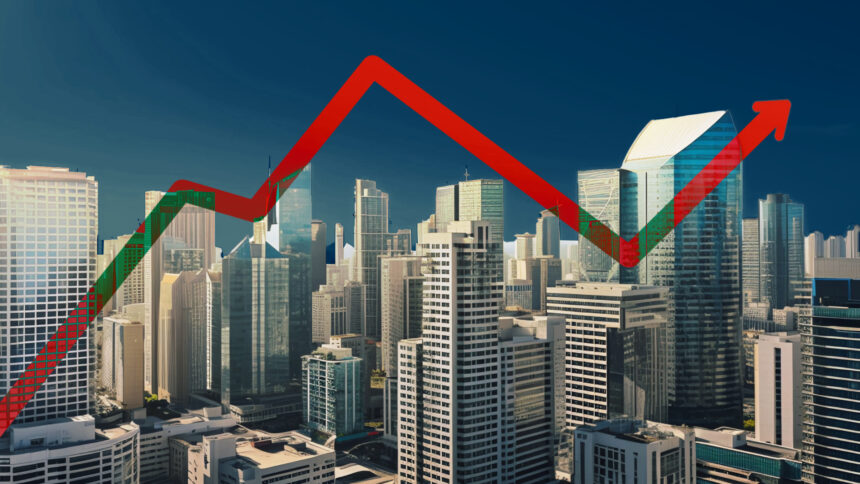Leechiu Property Consultants released a report last October 8, announcing the oversupply of condominium units in Metro Manila, reaching up to 29 months’ worth of available units. According to LPC, it is unusual to have a 29-month worth of units since they have only recorded 12 months as a maximum.
Since the pandemic, these recorded figures have hit the ‘all-time low,’ stabilizing at 6,995 units sold in Q3 2024, and condominium launching declined by 39%. According to LPC’s recent report, there are currently 67,600 units across 510 actively selling buildings in Metro Manila, the highest recorded increase since the COVID-19 pandemic.
The cities and districts that share the most available units include: Quezon City (18,500), Ortigas (13,500), Bay Area, Pasay City (10,500), Manila City (8,500), Caloocan City (8,100) Alabang, Muntinlupa City (5,800), Makati City (3,400), and Bonifacio Global City (1,300).
Shifting Tastes?
LPC Research and Consultancy Director Roy Golez Jr. cited the potential reason behind the condominium oversupply as a mix of ‘high interest rates’ and ‘external concerns.’
Aside from rising interest rates, there has been a shift in preference for single-detached homes, properties in nearby provinces, and condotels.
LPC Director for Hotels, Tourism, and Leisure Alfred Lay noted that Condotels are becoming ‘more trendy’ as developers look to boost early development cash flows and offer individual investors investment opportunities.
“They know where the investments and where the developments will be in the next four to five years, so again, infrastructure has to be in place. We have to accelerate it so that we’re able to maximize the investments that are coming from the hotel owners,” Benito C. Bengzon Jr., executive director of the Philippine Hotel Owners Association Inc. said.
However, despite the ongoing oversupply, the Department of Human Settlements and Urban Development (DHSUD) still pushes to construct an additional 3.2M condominium-style housing units, which requires a PHP 4T budget.
During the Senate plenary deliberation, Former senator Cynthia Villar argued that Filipinos who were offered a condominium-style housing project would have to pay P4,000 per month, and is ‘not for the poor’ and the ‘homeless.’
“They are prioritizing condominium, ang condominium mahal. It’s for the middle-class, it’s not for the poor. Tapos paalisin nila sa doon sa lupa ang poor [at] lalagyan nila ng condominium, saan nila dadalhin ‘yung poor,” the former senator said.
Why is the PH economy a factor?
Based on the recorded figures of Bangko Sentral ng Pilipinas (BSP) for Q2 2024, residential property prices rose by 2.7% year-on-year and 1.8% increase on a quarter-on-quarter (QoQ) basis.
In Q2 2024, 78.7% of residential real estate loans were used to purchase new housing units, and 32.5% of these were for condominium units, but due to the 29-month oversupply, developers have been ‘unenthusiastic’ and ‘slow’ in launching new projects.
However, with the BSP continuing its policy easing cycle, the condominium market is set to rebound with interest rates also declining, according to Golez.
As price pressures continued to be manageable and inflation rates eased, The Monetary Board of the BSP cut key interest rates by another 25 basis points to target reverse repurchase rate.
‘Not for Everyone’
The majority of residential units are priced between P700,000 and P900,000 per sqm, with a total contract price (TCP) ranging from P200 million to about P500 million per unit, which is an ‘above-average’ sale for most Filipinos.
According to a 2022 survey by Statistica, 90.3% of Filipino families live in a single house, meanwhile, 0.5% of families live inside a condominium due to its high cost and minimal space for utilization.
A prominent investment management firm, Colliers, revealed that the condominium market is becoming an emerging trend, however, purchasing a condo is a ‘risky investment’ due to leading to property expenses that double in value within a short period.








